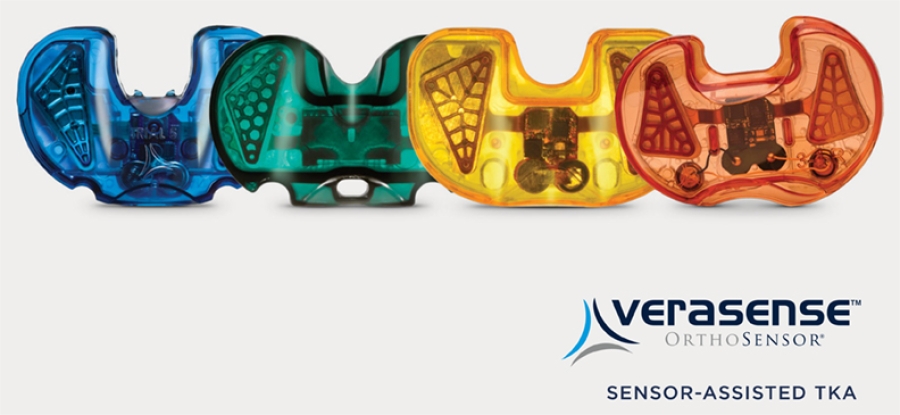 Photo Source: Stryker Corporation
Photo Source: Stryker Corporation
Smart orthopedic implants
Featured
-
Strain Gauges: Measure mechanical load and stress on the implant, providing data on pressure applied during different activities. -
Temperature Sensors: Monitor local temperature around the implant to detect signs of inflammation or infection. -
Accelerometers: Track patient movements and activity levels, ensuring proper usage and adherence to rehabilitation protocols. -
pH Sensors: Detect changes in pH levels, indicating infection or tissue response to the implant.
-
Smart implants are equipped with wireless communication capabilities, such as Bluetooth or NFC (Near Field Communication), enabling them to transmit data to external devices like smartphones, tablets, or computers. -
This allows healthcare providers to remotely monitor the patient's progress and make timely adjustments to treatment plans without the patient needing to visit the clinic frequently.
-
Some implants have onboard data storage, allowing them to store information locally until it can be downloaded during a follow-up appointment. -
Advanced algorithms and software can analyze this data to detect patterns, predict potential issues, and provide recommendations for personalized care.
-
Some smart implants use small batteries, lasting several years depending on the energy demands of the sensors and communication modules. -
These batteries are often designed to be rechargeable, sometimes wirelessly, to extend the life of the implant.
-
Energy harvesting techniques, such as inductive coupling or piezoelectric materials, are used to power the implant by converting body movements or external electromagnetic fields into electrical energy.
-
Continuous data collection allows for early detection of complications such as infection, implant loosening, or abnormal stress, leading to timely interventions.
-
Data from the implant can be used to tailor rehabilitation exercises and physical therapy to the specific needs and progress of the patient, enhancing recovery outcomes.
-
By analyzing data trends, healthcare providers can customize treatments and medications to better suit the individual patient's condition and response to the implant.
-
Remote monitoring can reduce the need for frequent in-person check-ups, saving time for both patients and healthcare providers.
-
By monitoring mechanical load and stress, smart implants can help predict and prevent premature wear or failure, potentially extending the life of the implant.
-
Smart implants are used in hip, knee, and shoulder replacements to monitor joint function and detect any issues that might arise post-surgery.
-
Used in spinal fusion surgeries, these implants can monitor the healing process, alignment, and mechanical stability of the spine.
-
For treating fractures with plates, screws, or rods, smart implants can provide data on bone healing and structural integrity.
-
Ensuring a reliable and long-lasting power source is crucial for the continuous operation of sensors and communication modules.
-
Protecting patient data from unauthorized access and ensuring privacy is a significant concern that requires robust security measures.
-
Gaining approval from regulatory bodies such as the FDA or EMA can be a lengthy and complex process due to the stringent safety and efficacy standards required for medical devices.
-
Smart implants are generally more expensive than traditional ones, which can be a barrier to widespread adoption, especially in regions with limited healthcare funding.
-
AI can analyze the vast amounts of data collected by smart implants to predict complications, optimize treatment plans, and provide more accurate diagnostics.
-
Advances in microelectronics and nanotechnology will enable the development of smaller, more efficient sensors and power sources, making smart implants less intrusive and more comfortable for patients.
-
Research into new biocompatible materials, such as bioactive ceramics and advanced polymers, can improve the performance, integration, and longevity of smart implants.
